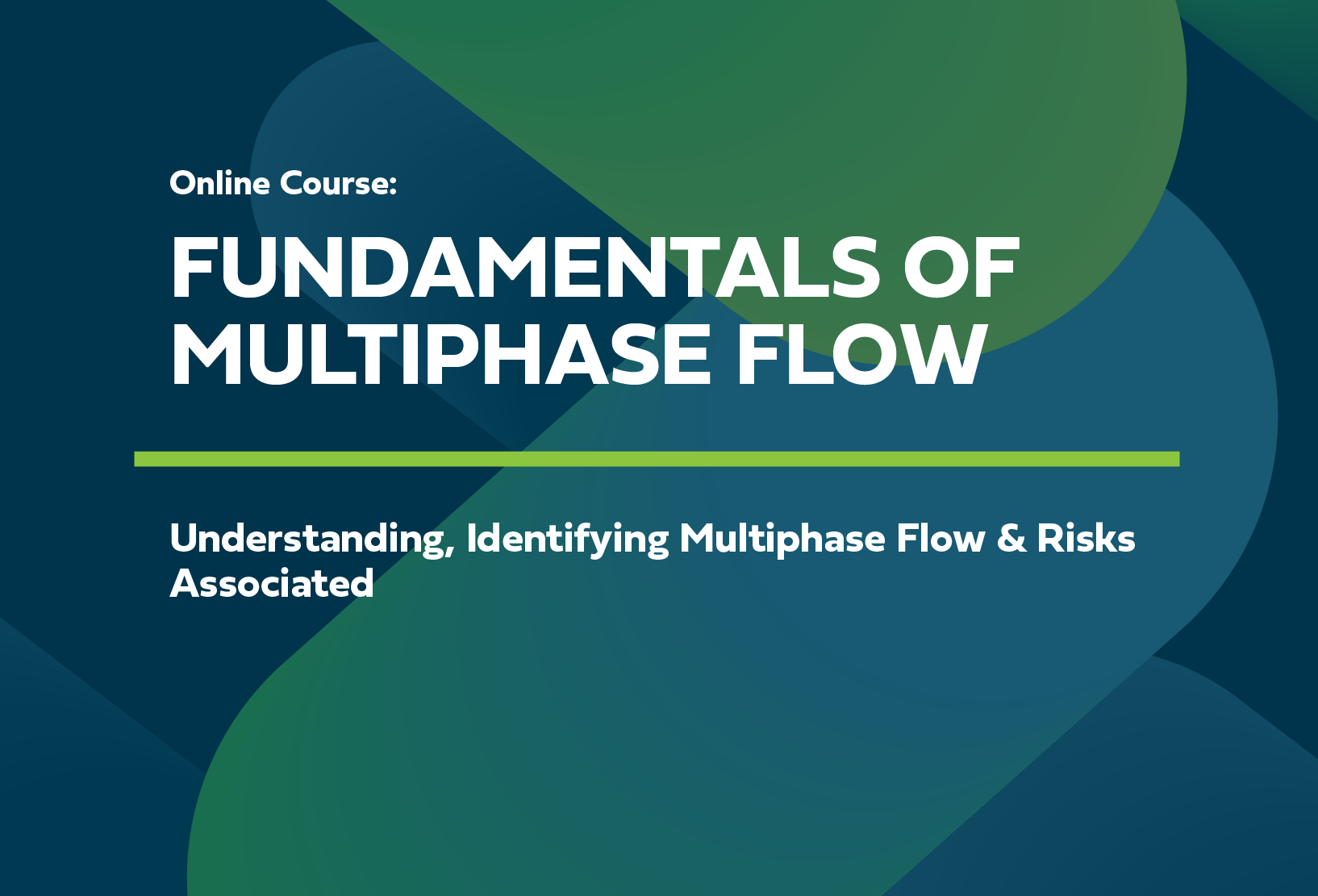
Fuel Your Mind With…
We want to do our part and make sure that new decision makers have the right tools, guidance, mentors, and coaches to help them make the right decision the first time, every time.
On-demand training videos developed by our industry experts
Easy-to-use simulation tools that will provide an 80-20 solution for typical production monitoring and optimization workflows
Technical articles and abstracts centered around energy industry knowledge and lessons learned
Managing Integrity Risk & Reducing Damage From Well Shut-ins & Startups
The recent global over supply of crude oil and soft demand has resulted in oil companies shutting wells in to prevent destroying value and to protect their balance sheets. The time frame, until production startup becomes economic, is uncertain and therefore, it is imperative that appropriate actions are taken to maintain and manage the integrity of shut-in wells and associated delivery systems.
Online Course: The Stream-Based HAZOP Method
This online course teaches the Stream-Based HAZOP method. The method is more effective, requires much less session time (though significantly more prework) and is much less repetitive and hence, is far less tedious for the participants.
Online Course: Fundamentals of Single-Phase Fluid Flow
This course will cover: Single-phase flow fundamentals, application examples in oil and gas industry, how to perform calculations, and modeling best practices.
Managing Risk and Reducing Damage From Well Shut-ins
The time frame, until production startup becomes economic, is uncertain and therefore it is imperative that appropriate actions are taken to maintain and manage the integrity of the available Installed Production Capacity during shut-in.
Online Course: Single-Phase Flow Modeling
This course contains application examples of single-phase fluid flow in oil and gas industry and step-by-step modeling.
Online Course: Fundamentals of Multiphase Flow
This online course gives an overview of multiphase flow, how multiphase flow is different from two phase flow, the importance of understanding multiphase flow and the factors that influence multiphase flow.
Circuitization: A Technique For Increasing Inspection Efficiency
Circuitization aims to reduce overhead inspection costs through the thoughtful break down of a system into smaller sections.
BSEE'S New Approach To Inspections
In recent years, the BSEE Safety Inspection Program section has been developing a risk-based approach to augment these inspections.
Common Failures In Oil And Gas Wells
This information provides insight to aid in preventing common failures and improving industry practices to reduce incident rates in addition to saving time and money.
Top Of Line Corrosion Part 2: Risk Assessment & Mitigation
Now its time to assess the TOLC risk and the corresponding locations in the system where TOLC may occur. From there we can determine the appropriate mitigation and control strategies.
Choosing & Using Condition Monitoring Locations (CMLs)
The building blocks of a robust inspection program are condition monitoring locations (CMLs). As defined by API 510 and API 570, CMLs are designated locations on pressure vessels or piping systems where periodic external examinations are conducted to assess condition.
Reservoir Souring Prediction
At GATE Energy, we have the technical knowledge and experience to apply our own approach to souring prediction which can enable design and operational decisions to be made to mitigate the risks associated with such H2S production.
Fit-For-Purpose Integrity Management Of Seawater Injection Systems
Seawater injection is a vital tool for the economic success of some projects and those projects need to ensure that the seawater can be effectively delivered from the seawater source to the reservoir.
Top Of Line Corrosion Part 1: Determining Risk
In Part 2 of this GATEKEEPER series, we will look at the different approaches available to assess risk in the system and will discuss the mitigation options available to us.
Integrity Management Plan Pitfalls & Best Practices
This article will outline the challenges during integrity management, and the best practices that ultimately deliver a coordinated, effective, and cost-optimized IM plan.
Risk Based Inspection
In determination of consequence and risk assignment, multiple aspects are considered such as the impact of failure on the health and safety of personnel and community in the impacted area, environment, cost of recovery (cleaning, maintenance, extent of operation, repairs) and business.
Assessing Acid Flowback Integrity Risk
Oil well stimulation is commonly undertaken using aqueous solutions of hydrochloric acid (HCl), hydrofluoric acid (HF), organic acids or mixture. The use of these acids will open new channels near the wellbore region for the oil and gas flow through and will result in increased production.
Subsea Integrity Management: Materials Selection & Monitoring
In this GATEKEEPER, the philosophy around the materials selection and corrosion monitoring is discussed as the primary design barrier to corrosion and cracking in critical parts of a subsea system.
Blockage Remediation Part 1: Blockage Characterization & Detection
This series of two articles discusses the diagnosis, detection and remediation of oil and gas production system blockages in detail. The current issue focuses on blockage characterization and detection.
Ebook: Making Sense & Making Decisions
This book is an exploration of what decision theory has to say about these and other common engineering problems.







